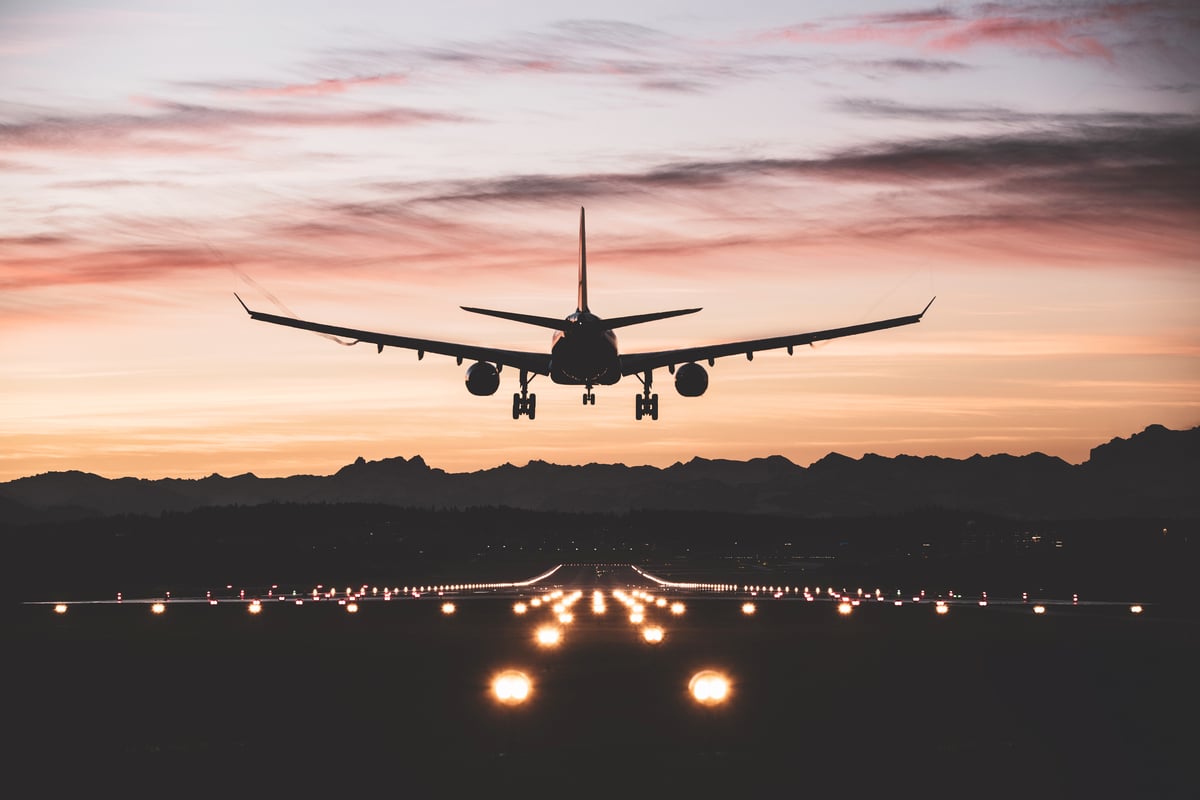Five cents may not be a lot of money, but when multiplied by the billions of available seat miles major airlines count as capacity in any given quarter, it starts to add up to some pretty significant dollars.
A differential in unit costs is one of the key advantages ultra-low-cost carrier (ULCC) Spirit Airlines (SAVE +0.00%) holds over competitor United Airlines (UAL +1.60%), the legacy airline that has challenged Spirit to a wage battle in 2017. In the third quarter of this year, Spirit reported costs per available seat mile, or CASM, of 7.59 cents, against United's third-quarter CASM of 12.54 cents.

Image source: Spirit Airlines.
Still, the encroachment and its initial fallout has many investors worried. Spirit reported that total revenue per available seat mile, or TRASM, fell 6.3% in the third quarter due to the competitive pricing pressure of United and other carriers like American Airlines, which are getting drawn into the fare battle.
However, when measuring per passenger flight segments, total revenue dipped just a half-percent to $108.96. Ticket revenue dropped 3.2 percent to $56.48, and this was offset by a rise in non-ticket, or ancillary revenue, of 2.6%, to $52.48. As you can see, ancillary revenue comprised close to half of total ticket revenue during the quarter.
Spirit's ancillary revenue of nearly 48% of total passenger revenue is an industry-leading statistic. According to the 2017 edition of a widely read yearly report on airline ancillary revenue, the IdeaWorks Ancillary Revenue Yearbook, Spirit placed first out of 66 global airlines in 2016 in ancillary revenue as a portion of total revenue, at 46.4%. The scrappy carrier also led the industry in ancillary revenue per passenger, at $49.89.
Spirit is able to best network carriers and other competing ULCCs in these categories primarily because of its much admired low cost structure, but also by applying the same discipline to non-ticketed revenue as it does to all other aspects of its business. For example, Spirit avoids ancillary revenue opportunities that increase its base of fixed costs, thus avoiding airport clubs and premium ticket classes.
Interestingly, United also holds a distinction as ranking first in total amount of annual ancillary revenue among all airlines, at $6.2 billion last year. However, this represented just 17% of United's total 2016 revenue of $36.6 billion.
What's the difference? On an absolute basis, United's non-ticketed revenue is monstrous. Yet it's proportionately smaller relative to total passenger segment revenue, thus United has to rely more on its ticketed revenue to cover its fixed costs.
This is a subtle but important point, and to grasp its importance, let's approach it from a slightly different angle. To first meet the upstart carrier's already competitive ticket price (Spirit is, after all, a ULCC), and then to undercut that fare, United must reduce a greater proportion of its total passenger revenue than Spirit will in meeting United's reduced price. Spirit will only have to trim some portion of the one-half of its passenger revenue that's represented by the ticket fare -- remember that the rest comes from ancillary revenue.
If we can extrapolate that United's 17% in ancillary revenue means ticket fare tends to represent 83% of total passenger revenue (on a passenger per flight segment basis), it follows that the airline is taking a much higher percentage out its higher initial fare when it shows customers a lower price than Spirit's on a given route.
You might argue that in employing its recently introduced Basic Economy fare, which is built to upsell ancillary items as the customer finalizes his or her ticket purchase, United will generate more ancillary revenue versus its previous model. This may be true to some extent, but we'll need more quarters of data to prove out such a conjecture. So far, though, the bundling of extras hasn't moved the needle on United's margins. While the legacy carrier has certainly affected Spirit's operating margin this year, its own operating margin has declined as well, in part due to the fare war. Moreover, Spirit still holds a five-percentage point advantage:
UAL Operating Margin (TTM) data by YCharts.
At the end of the day, Spirit's unit cost advantage, and passenger revenue split between ticket and ancillary revenue, give it a fundamental arithmetic advantage over higher-cost airlines, which leaves this observer bewildered that United would want to mount a fare challenge in the first place.
Here's CEO Bob Fonnaro's explanation of Spirit's many advantages versus legacy carriers in the company's earnings conference call last month, which touches on the concepts above:
But we're hard to compete with. Number one, we've got the youngest fleet in the country. We, round numbers, have $1 billion in the bank. And we have a very, very wide cost structure advantage versus the competition. It's huge and necessary because we're competing against giants. But probably the other piece is, when we do have these pricing impacts and they are uncomfortable, the reality is that it impacts only about half of our revenue. And that's a big difference. Because we still have that other ancillary bucket, which is $50 to $55, whatever it happens to be. That makes us a little bit harder to compete with. And the competition, as they get their prices awfully low and -- they typically prove that they can't compete with us without any pain for themselves. So I think we can be underestimated.
I just have one quibble with this quote, and that's the "can be" in the last paragraph. Spirit is being underestimated. Don't be surprised if United gives up and abandons its fare challenge in the coming quarters.








